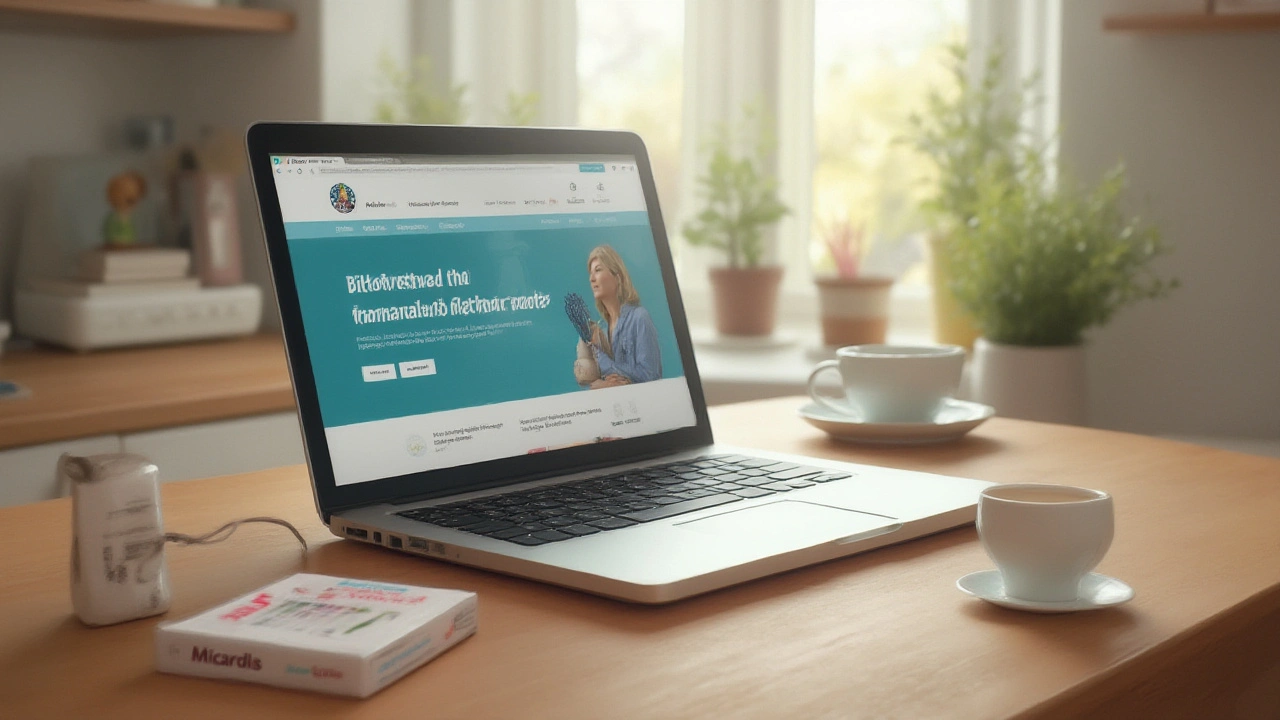Hypertension Medication Guide: What You Need to Know
If you’ve been told you have high blood pressure, the first thing that pops up is usually a prescription. But what exactly are these drugs doing, and how can you take them without hassle? Below we break down the most common hypertension meds, why doctors pick them, and simple steps to keep side effects low.
Common Types of Hypertension Meds
There isn’t a one‑size‑fits‑all pill for high blood pressure. Doctors choose from several families based on your age, other health issues, and how your numbers respond.
- ACE inhibitors (e.g., lisinopril, enalapril) – They relax blood vessels by blocking a hormone that tightens them. Great for people with diabetes or kidney concerns.
- ARBs (e.g., losartan, valsartan) – Similar to ACE inhibitors but often cause fewer coughs. Good backup if ACE blockers give you trouble.
- Calcium channel blockers (e.g., amlodipine, diltiazem) – They stop calcium from entering muscle cells, which helps arteries stay wide and calm.
- Thiazide diuretics (e.g., hydrochlorothiazide, chlorthalidone) – The classic “water pills” that make your kidneys dump extra salt and fluid, lowering pressure.
- Beta‑blockers (e.g., metoprolol, atenolol) – They slow heart rate and reduce force of each beat, useful if you also have heart disease.
Sometimes doctors stack two or three classes together for stronger control. That’s called combination therapy and it can cut down on pill count.
How to Use Them Safely
The biggest mistake people make is treating these meds like any other over‑the‑counter product. Here are practical habits that keep you on track:
- Take them at the same time every day. Your body gets used to a rhythm, and consistent timing helps maintain steady blood levels.
- Don’t skip doses because you feel fine. Hypertension often has no symptoms, so missing pills can let pressure creep back up unnoticed.
- Know the common side effects. A dry cough (ACE inhibitors), ankle swelling (calcium blockers), or frequent urination (diuretics) are normal warnings. If they get severe, call your doctor—don’t just stop the drug on your own.
- Watch for interactions. Over‑the‑counter pain relievers like NSAIDs, certain cold medicines, and even grapefruit juice can raise blood pressure or interfere with how the drugs work.
- Check your numbers regularly. Home BP monitors are cheap and give you real‑time feedback. Aim for the target your doctor set—usually under 130/80 mmHg for most adults.
A quick tip: keep a small notebook or phone note with each medication’s name, dose, and any side effects you notice. Reviewing it before appointments makes discussions with your provider smoother.
Finally, remember that meds are just one piece of the puzzle. Pairing them with lifestyle changes—less salt, more walking, stress‑busting hobbies—boosts results dramatically.
Got questions about a specific drug like lisinopril or amlodipine? Check our detailed articles on individual hypertension medications for deeper insight and real‑world advice.

How to Safely Buy Micardis Online: Your Complete 2025 Guide
Jul, 19 2025
